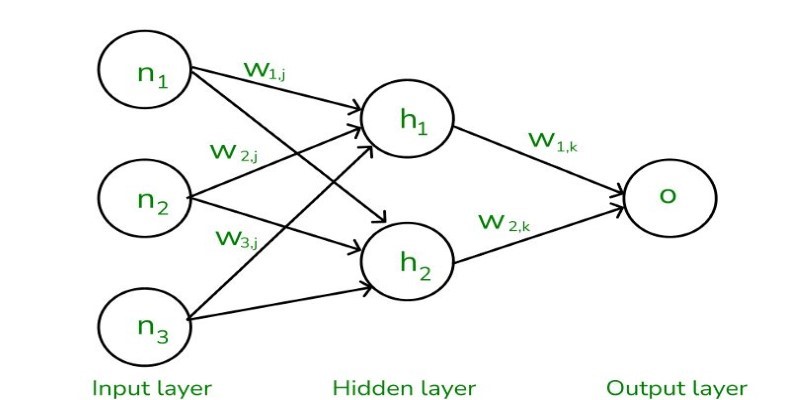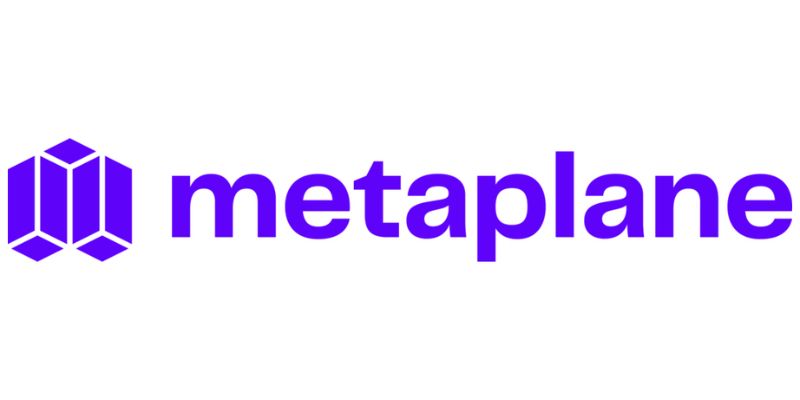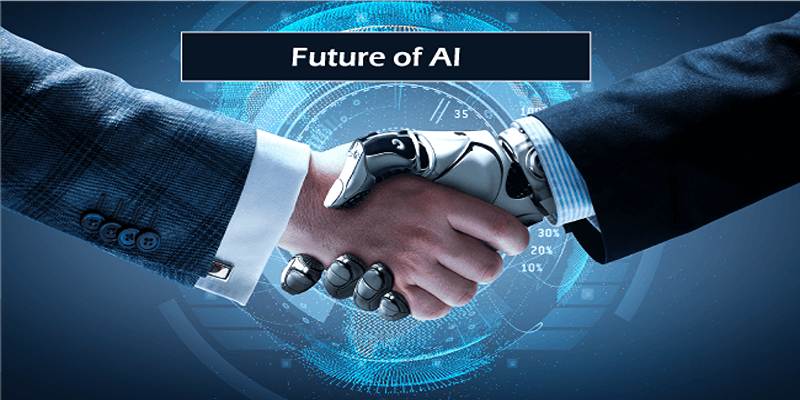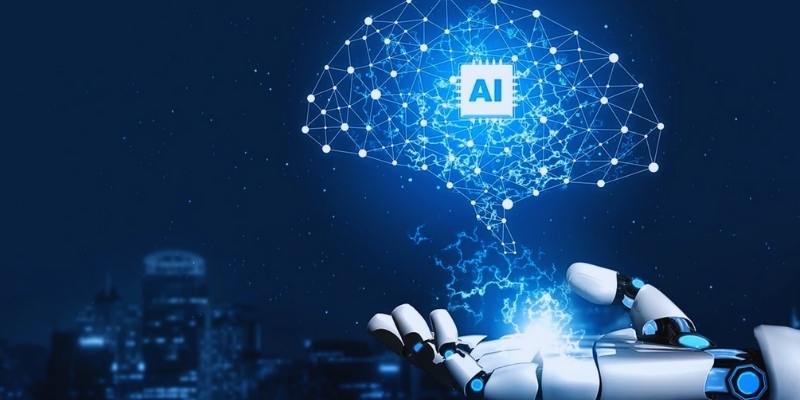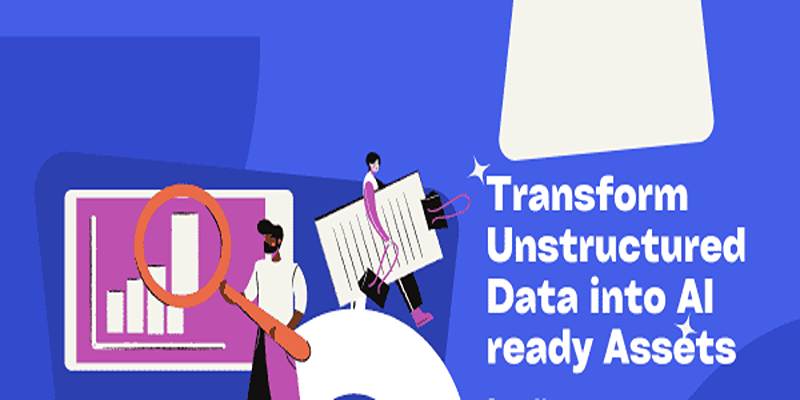Data visualization lets users rapidly grasp difficult material. Maps, graphs, and charts simplify data reading. Making clear and interesting images, though, can prove difficult. Generative AI can assist here. It can improve visual attractiveness and automate chart building. It can evaluate vast data and recommend the best data presentation approaches. It boosts accuracy and eliminates human mistakes as well. AI can help companies, academics, and designers produce improved data visualization charts.
Tools driven by artificial intelligence save time and facilitate access to difficult data. These instruments guarantee uniformity, increase readability, and ease chart creation. Furthermore, charts created using generative artificial intelligence are tailored for various audiences. Artificial intelligence enhances communication and judgment. This guide investigates how artificial intelligence enhances data visualization. It addresses automation, pattern recognition, customizing, and future opportunities.

Automating Data Visualization
Generative artificial intelligence creates data charts on demand, making hand design obsolete. Graphs and charts produced by AI-powered tools can be created immediately from raw data. Certain artificial intelligence applications may examine data and recommend appropriate chart forms. They can ascertain which bar graph, line chart, or pie chart would be appropriate for the data. AI also eliminates human inclination in data presentation. It guarantees charts show genuine data free from deceptive graphics.
AI-powered automation is useful in business, finance, healthcare, and research. It raises efficiency and saves time. AI tools can, for instance, create dynamic dashboards from intricate spreadsheets, facilitating quicker company judgments. Popular AI-powered tools include Google Charts, Tableau, and Microsoft Power BI. These systems generate clever graphics using artificial intelligence. Users can enter data and let AI create polished, professional graphs.
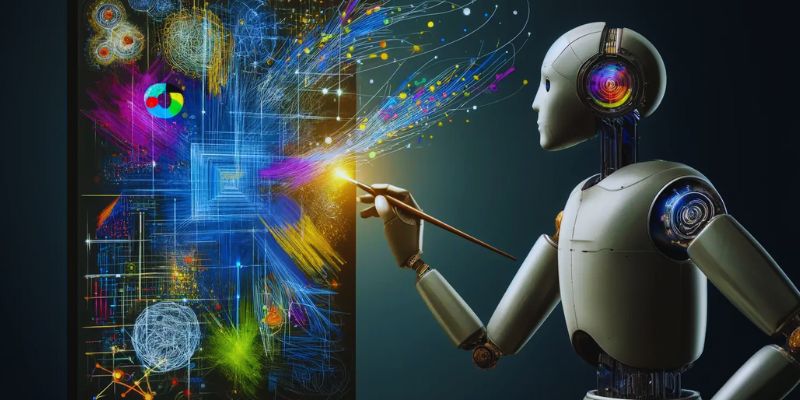
Recognizing Patterns and Trends
One of the main advantages of generative artificial intelligence is pattern recognition. Large-scale data scanning and trend, connection, and anomaly identification by AI allow scientific research, marketing, and finance to be helpful, especially when pattern recognition is vital. AI can, for instance, examine sales records and identify seasonal trends. This data helps companies to modify their marketing plans and raise income. AI also aids in fraud detection by spotting odd financial activity and pointing to security concerns. The capacity of artificial intelligence to find latent trends helps data analysts and researchers.
While conventional charts might not provide all the information, AI-driven tools draw attention to important facts that might be missed. Real-time data updates add yet another benefit. Companies should use dynamic graphics that update automatically rather than fixed charts. New data comes in, and visuals change in real-time. This guarantees that decision-makers always have access to the most recent insights, guiding quicker and wiser decisions.
Improving Customization and Accessibility
Generative artificial intelligence improves data visualization's usability and customizing capability. Users can readily change layouts, fonts, and colors to fit branding. Tools driven by artificial intelligence let companies produce consistent, aesthetically pleasing visuals. AI also customizes charts for diverse audiences. While analysts want thorough charts, a marketing team might only need basic images. AI changes the complexity to fit user requirements, guaranteeing effective communication.
However, another big benefit is improved accessibility. Text descriptions created by artificial intelligence can help visually challenged people. Furthermore, color-blind-friendly palettes made with artificial intelligence guarantee improved reading. AI also brings interactive components. Artificial intelligence-driven dashboards let users hover, click, and filter data. It increases the interesting and entertaining value of data exploration. AI-driven visualization technologies enable companies, researchers, and designers to generate more efficient and user-friendly charts by enhancing customizing, accessibility, and interactivity. These developments guarantee everyone's correct access to and interpretation of data.
Enhancing Accuracy and Reducing Errors
Data visualization errors could cause misinterpretation and bad judgments. Generative artificial intelligence guarantees better data presentation correctness and helps to lower human mistakes. It constantly checks data to ensure it is regularly shown accurately. Outlier inconsistencies can be found by artificial intelligence, which also validates data. In professions such as banking, medicine, and scientific research—where accuracy is vital—this is vital. AI stops misleading interpretations via early alerting of mistakes. Automated data cleaning adds still another benefit. AI standardizes forms, fills in absent values, and eliminates duplicate entries.
It raises data quality before visualization, hence producing more accurate insights. Furthermore, AI-driven technologies are in line with optimal standards for data representation. They stop deceptive images, including distorted scales or too-large dimensions. It guarantees that charts give honest and correct information. Using artificial intelligence helps companies to strengthen data accuracy, improve decision-making, and create confidence in their visual reports. Clearer, more dependable insights produced by AI-powered visualization help to improve outcomes.
Future of AI in Data Visualization
Artificial intelligence generatively is developing quickly. Future artificial intelligence systems' more sophisticated data visualization features will be present. Natural language processing is one of the trends. It lets users produce charts with just basic text commands. Users can enter requests like "Show sales growth over five years," not code or design. AI will create the proper chart. AI-generated narrative is still another fascinating breakthrough. AI can develop stories and examine facts.
AI will offer insights like "Sales increased due to seasonal demand," not only figures. Furthermore, artificial intelligence will enhance real-time analytics. Companies will have instantly updating automated dashboards. It will enable leaders to make faster and more wise judgments. AI will interact with virtual reality (VR) and augmented reality (AR). Users of future data visualization tools could be able to interact with 3D data models. It will affect how sectors investigate and evaluate data.
Conclusion:
Data visualization charts are changing under generative artificial intelligence. It increases customizing, detects trends, and automates chart building. AI tools provide accurate, easily available data that also looks aesthetically pleasing. Visualization driven by artificial intelligence benefits companies, researchers, and designers. AI guarantees superior decision-making, frees time, and eliminates human mistakes. As artificial intelligence develops, it will bring increasingly creative ideas for data presentation. Adopting artificial intelligence will help you produce more efficient and clever charts. AI helps simplify data and increase clarity whether your goal is research graphics or corporate reports.


